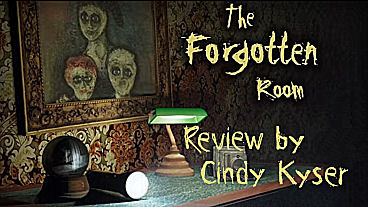
The Forgotten Room Review
I would highly recommend this title for any thoughtful adventurer who enjoys a challenge







Genre: Point-And-Click Adventure
Release date: October 27, 2016
Review Platform: Android Tablet
It’s been over a year since Glitch Games released Forever Lost: Episode 3, their last major adventure. Fans have been eagerly awaiting the next chapter in the journey of Graham Ranson and Simon Pierce – the two very talented indie developers from the U.K. who together are the creative engine that is Glitch. To keep us engaged, they released A Short Tale in February of this year. It’s a charming (and short) Escape-the-Room game that showcases their abilities and left us wanting more.
At last, The Forgotten Room has arrived and the only bad news is that I’ve finished playing it. To put it simply, I loved this game. It doesn’t break new ground for the genre as The Bunker does, and it’s not a visual wonderland like Obduction. It didn’t have me jumping out of my chair as did Lethe: Episode One. Instead, it reinforced all that drew me to the adventure genre back in the day and gave me that incredible feeling of satisfaction and accomplishment that comes from completing an exceptional game.
The Forgotten Room opens in the style of film noir. You play from the first-person perspective of John Murr, a paranormal detective with a dimly lit office and a bottle of scotch. A package is delivered and you’re soon on your way to investigate the disappearance of a child, Evelyn Bright. Your assignment sends you to the abandoned Bright home where Evelyn vanished without a trace. Your mission is to figure out what happened.
Unlike the opening scene, the house is classic Glitch. The Bright family has moved out in a hurry, leaving most of their possessions behind. The structure is in an advanced state of disrepair with personal artifacts strewn about. Upon entry, there isn’t a lot to explore. However, the house soon expands, with locked rooms and secret places becoming accessible through puzzle-solving and supernatural activity. Ultimately, Emily’s secret is revealed in a surprising turn of events.
The Forgotten Room is presented in a point-and-click format with static scenes and intermittent object animation. The environment is very much alive, with things going bump in the night and unknown entities rearranging rooms when you’re not looking. Every scene and object is crafted with great attention to detail. A sense of mystery is created by the dim lighting (enhanced by the beam of your flashlight), spot-on music by Richard J. Moir and haunting sound effects. The backstory and John Murr’s internal musings are presented in a combination of on-screen text, letters and diary entries from Emily.
It is obvious that Graham and Simon know the adventure gamer well. You, as a player, have everything you need in terms of game mechanics. The interface is intuitive and requires no instruction. Objects of interest are not highlighted, but I never found myself randomly clicking in search of a hot spot.
They have redesigned the inventory interface to improve ease of use. Instead of a horizontal scroll bar, it now appears as a ‘wheel’ of items, all of which are easily accessible for dragging, dropping, or combining.
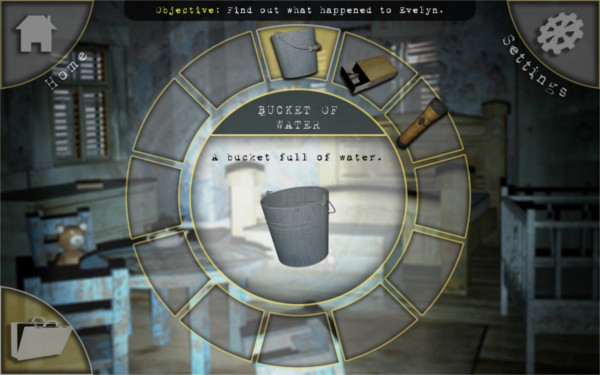
The Glitch in-game camera remains the adventurer’s best friend. It allows you to screenshot any item of interest for later reference. It also allows you to annotate your pictures. I found it useful to draw lines to map entry and exit points on my image of one puzzle that had me stumped.
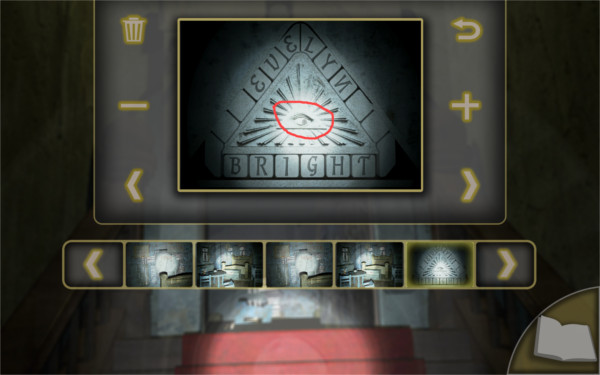
Captured screenshots are easily scrolled through and can be ‘floated’ on top of any game scene for use when puzzle-solving. Thus, the need for pencil and paper has been eliminated.
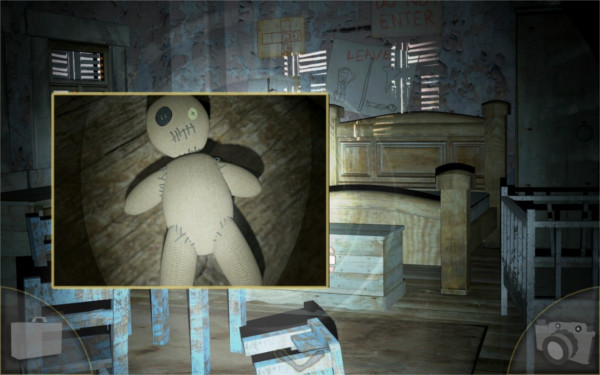
The game is auto-saved on exit. While there are multiple save slots available, they’re implemented to allow you to play multiple games and choose which one to reload. You’re not able to save your current game at different points and backtrack by restarting from an earlier slot. The hint system that was delivered with the Forever Lost titles has been eliminated. This is a design decision that I applaud as it forces the player to think and removes the temptation to cheat “just a wee bit.”
Just prior to receiving The Forgotten Room, I was playing another tablet adventure, Mystery of Haunted Hollow 2 by Point and Click, LLC. Although that game was a pleasant diversion, it made me realize what is so unique about a Glitch release. Haunted Hollow 2 has 70+ screens, most of which have either a puzzle or a clue. Clues are automatically recorded in your journal and the relationships between clues and puzzles are blatantly obvious.
In contrast, the Glitch environment is compact and scenes are (literally) littered with potential clues. It is up to you, the player, to determine what’s important. Writings on a wall may be something critical to remember or just an addition to the scenery. The form of one object may lead you to a solution that, at first glance, has no similarity at all. There is a resulting elegance in the clue-puzzle relationship. While Glitch is famous for hiding key information in plain sight, most clues relate to puzzles on an abstract level. In addition to traditional find-and-use solutions, you need to consider patterns, shapes, sounds, and the meaning of words. A Glitch game engages a part of my brain that most adventures miss entirely. As a result, the “ah-ha” moment when you do solve a puzzle is infinitely more rewarding.
As an example, I will point to a memorable scenario from the Forever Lost series. While journeying down a hallway, you see the message, “Read the Small Print,” posted on a wall. In another room, you find a child’s artwork bearing different-sized handprints. Hmm… It took me some time to put these two facts together but when I did, the feeling of accomplishment was one that still makes me smile.
I admit, I have a bias in favor of Glitch Games. I’ve been their cheerleader since I had the pleasure of playing the first Forever Lost. However, this is a double-edged sword. As a fan of previous titles, I approached The Forgotten Room with high expectations. Not starting from a point of neutrality left me vulnerable to the possibility of being seriously disappointed.
I am happy to report that, with The Forgotten Room, Glitch has once again qualified for a position in my personal gaming hall-of-fame. I would highly recommend this title for any thoughtful adventurer who enjoys a challenge. I would also encourage those who yearn for free exploration in 3D environments to take a break and revisit the world of point-and-click. The Forgotten Room proves that wonderful things can be accomplished with simplicity.
The Glitch website (http://www.glitchgames.co.uk/) reports that Graham and Simon are already working on their next project. In a departure from decaying earthly landscapes, they appear to be taking on the final frontier of space. This change of venue should be interesting and I look forward to their next title with anticipation!
|
+ Thoughtful puzzles require conceptual thinking and provide a highly satisfying game experience.
+ Intuitive interface, including the Glitch camera, streamlines game mechanics.
+ Darkness of the story is fully supported by beautiful artwork and mood-altering soundtrack.
– Those who crave action may want to look elsewhere.
– Those with an aversion to the point-and-click format may not appreciate this title.
|
 |
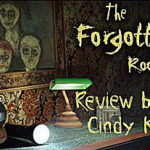
Leave a Reply